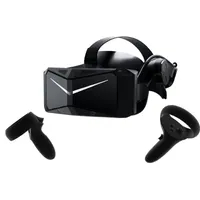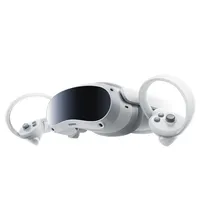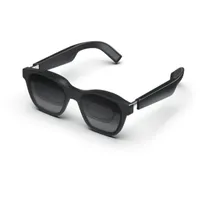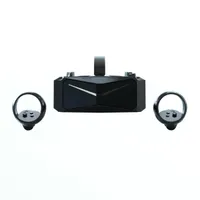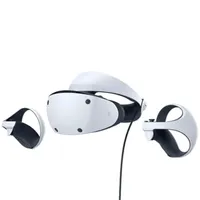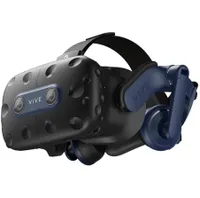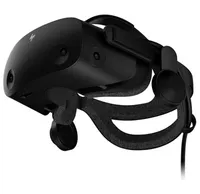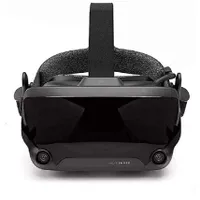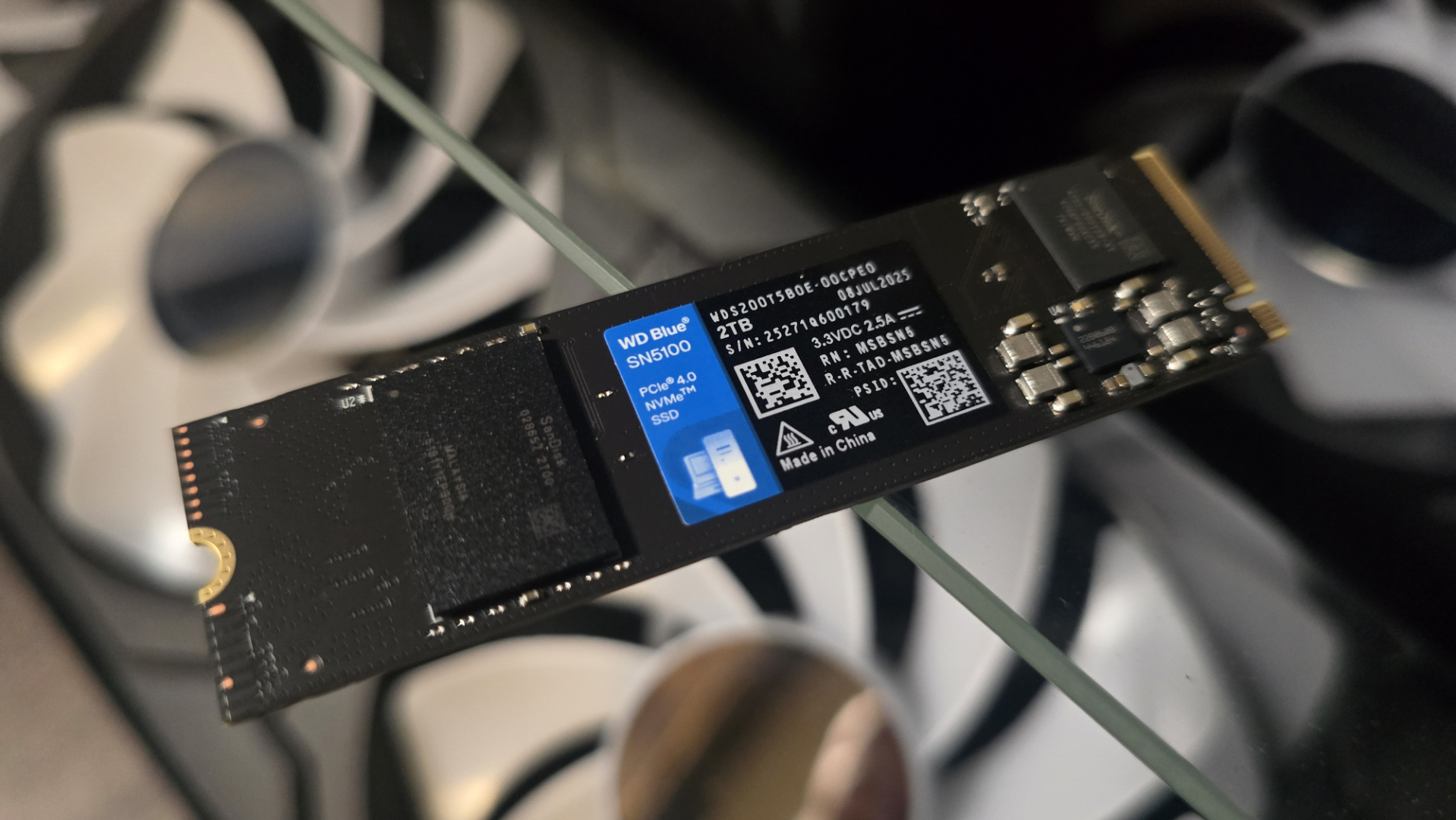Best VR headset in 2025: my top picks for stunning virtual reality experiences
Immerse yourself in stunning game worlds with the best VR headset.
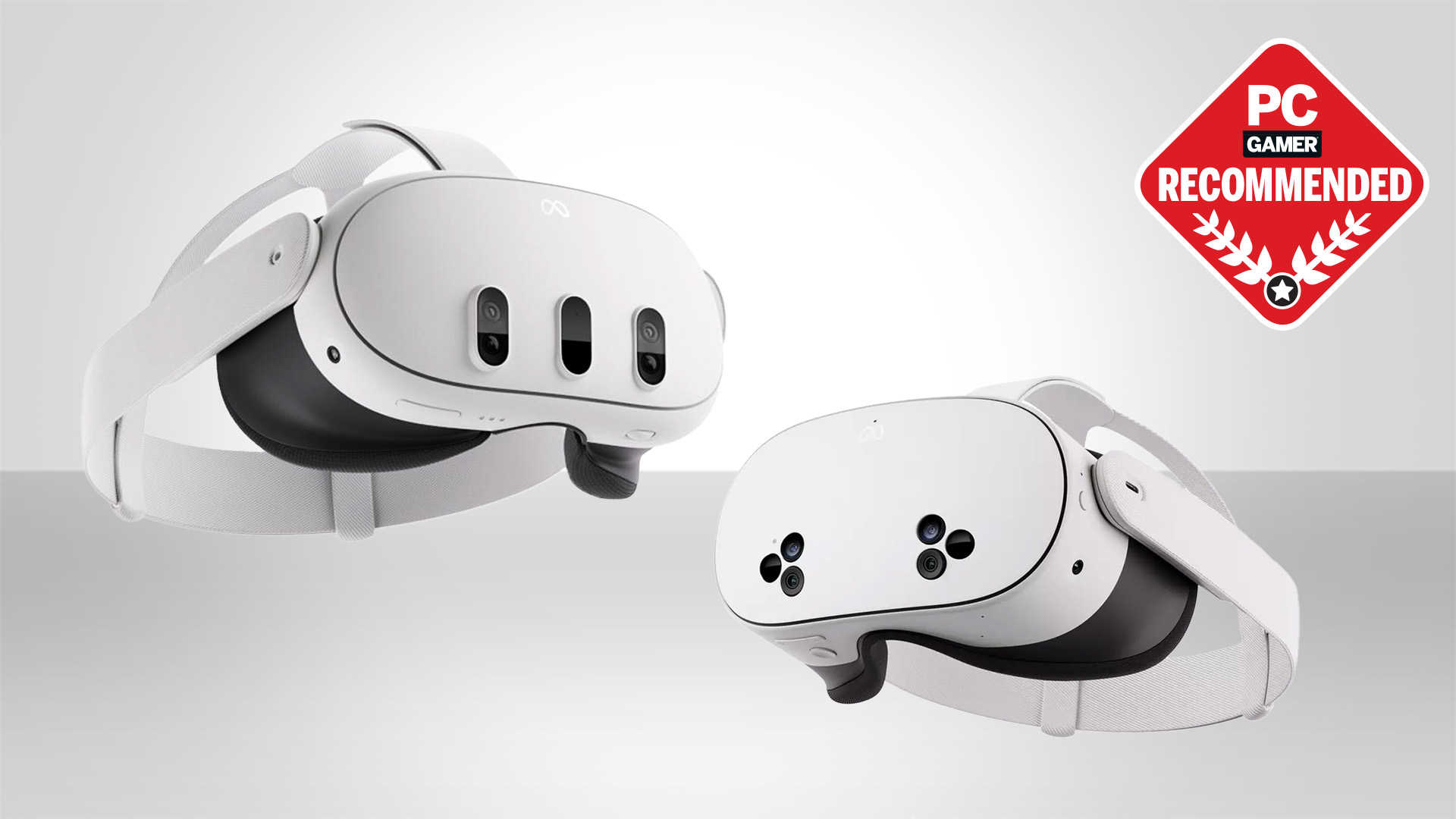
The best VR headsets can make you forget, even if just for a moment, you're wearing a big chunk of plastic and foam on your face. It will make you feel like you're a part of a game's world, if only until you walk into your sofa.
We've tested dozens of models, from the most popular to the most obscure, and the best VR headset is the Meta Quest 3. It's not just that it's relatively affordable, it's one of few truly new-feeling VR headsets right now. And if you're after something cheaper, the Meta Quest 3S is ready to roll for a lot less cash. It borrows the Quest 3's top-notch processor but sticks with the Quest 2's optics. We're hoping for a rumoured upcoming Valve Deckard will shake the VR HMD market up, but until then these Quest headsets are where it's at.
Once you've secured one of the best VR headsets, the next step is figuring out what games are worth playing on it. Half-Life: Alyx shows what VR is capable of, but it'll push your PC to the limits. There are plenty of other sci-fi titles to enjoy that aren't as intense, such as No Man's Sky. I recommend checking out the best VR games on PC if you want to build out your library in anticipation.

Jacob's been on a quest to find the perfect VR headset for an age, and despite Meta, Valve, and HTC releasing excellent goggles for PC gaming over the years, there's still maybe some way to go before we find VR nirvana. But he's had his bonce strapped into as many headsets as anyone around and is best placed to explain the pros and cons of each set we're recommending here today.
October 30, 2025: Expanded our Glossary section to explain the different lens types. We also checked over our picks and ensured they're still the best VR headsets on the market. They are: the Quest 3 offers all the latest tech at an affordable price and has the software platform to boot, and the Quest 3S offers all this, minus some optics, for even cheaper.
April 22, 2025: Checked over our picks to ensure they're still the best VR headsets for gaming right now, and they are. While the Quest 3S is newer than the Quest 3, the latter has better optics making it a better overall choice. We're still waiting for a headset that might be able to knock the Quest 3 off its perch. Perhaps the fabled Valve Deckard will do so, if it actually exists and if it launches—we'll just have to wait and see.
January 20, 2025: Added the Pimax Crystal Light to the 'also tested' section and checked over our choices.
The quick list
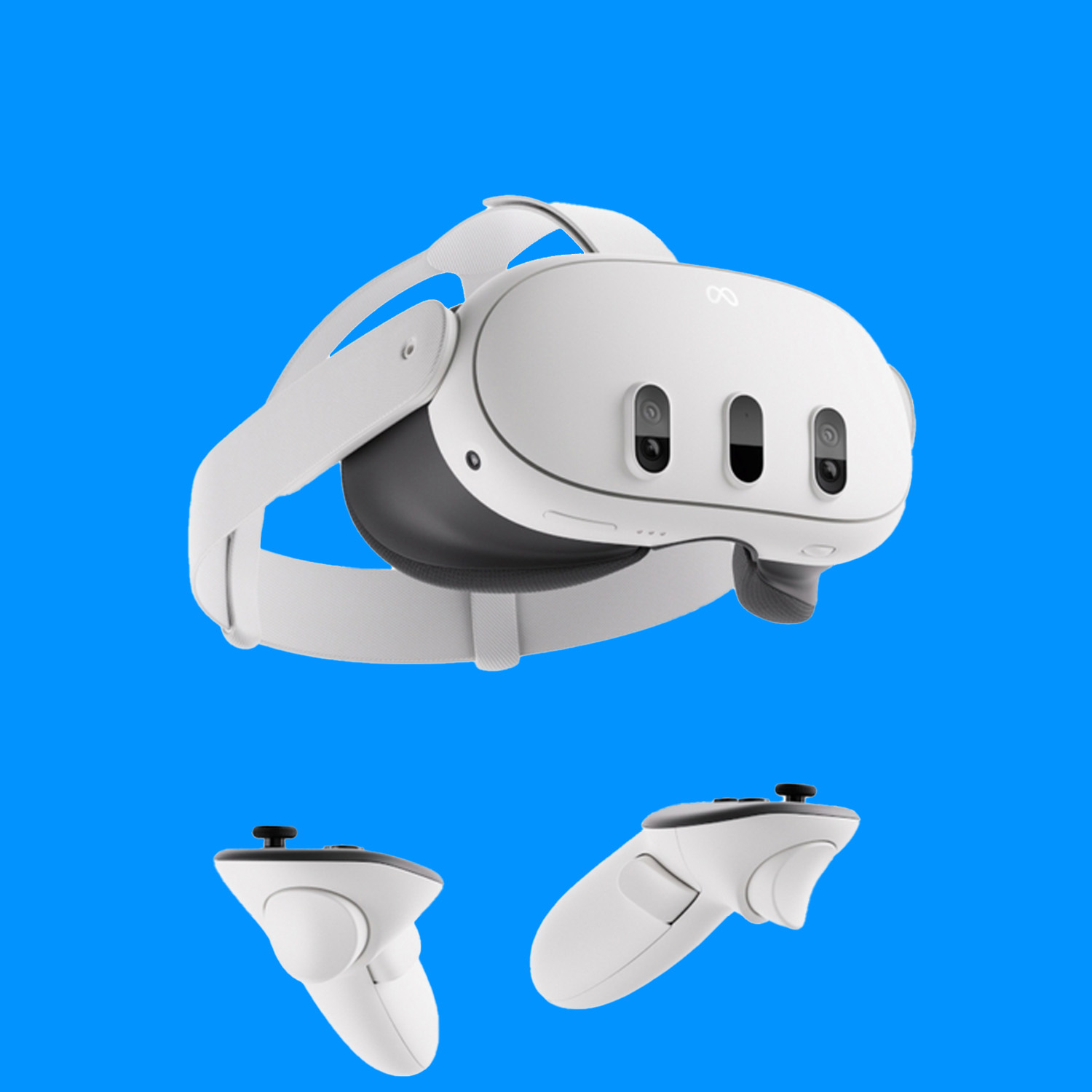
The best overall
The Meta Quest 3 is a massive upgrade over its predecessor with new pancake lenses helping it sit closer to the face and display a gorgeous picture. As a PC VR headset or a standalone unit sans gaming PC, it works wonders.
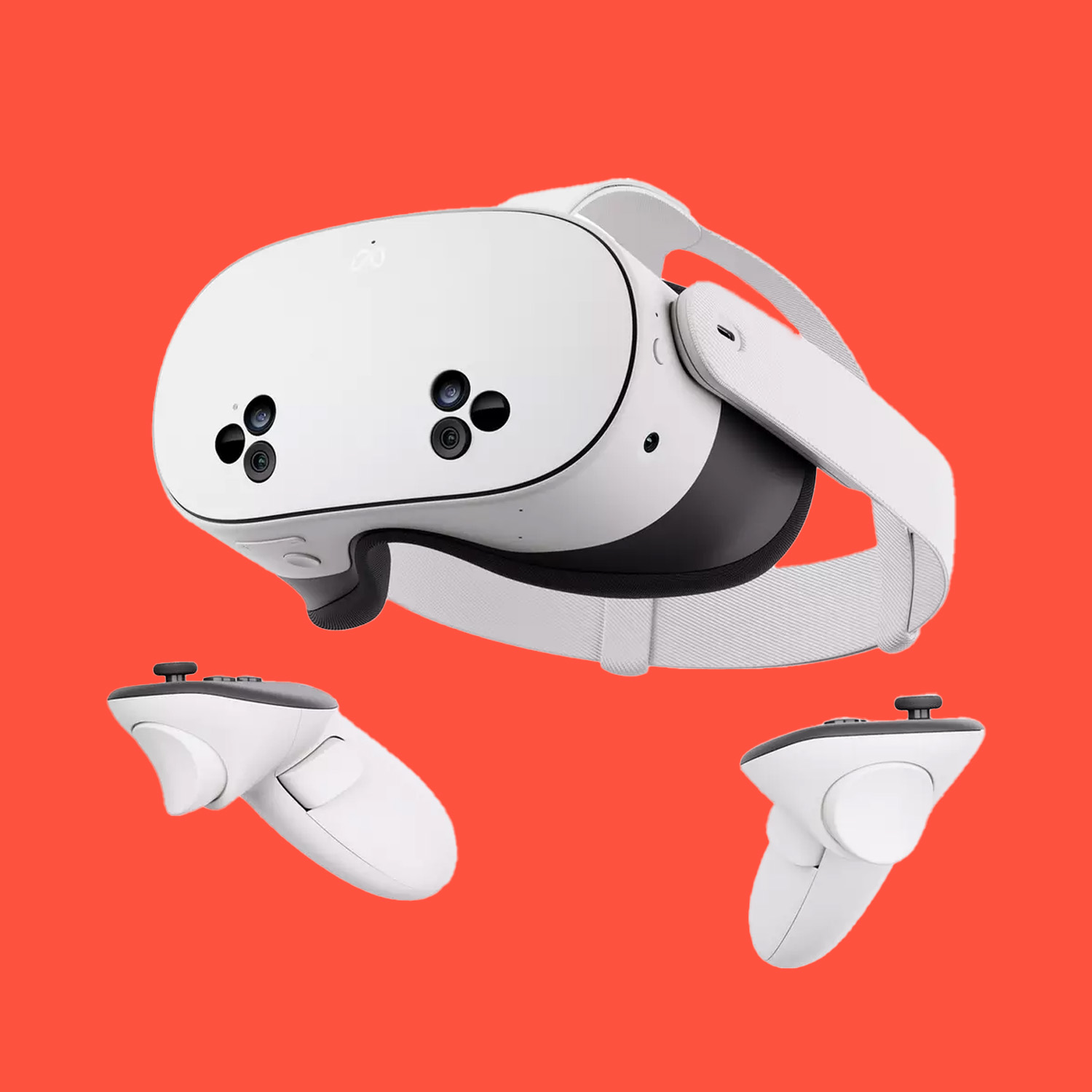
The best budget
The Meta Quest 3S is affordable and comes with a specs sheet to rival the very best from just a few years ago. It's great for beginners but we'd still opt for the Quest 3's superior optics if possible—the Quest 3S is more like a Quest 2 in this regard.
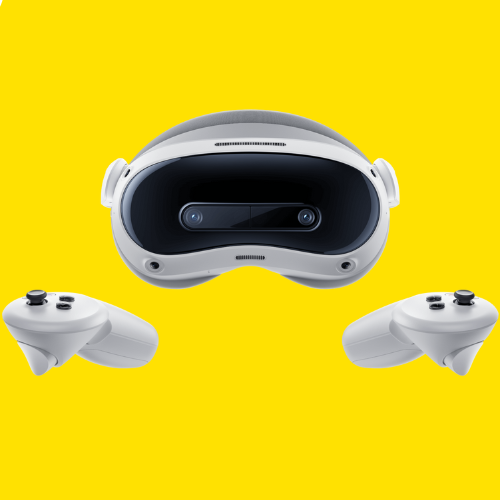
The best alternate
The ByteDance Pico 4 Ultra really impressed us with its slim design and quality image. Though Pico's store doesn't beat out its competitors, it's worth a look to see if it's available in your region.
The best VR headset
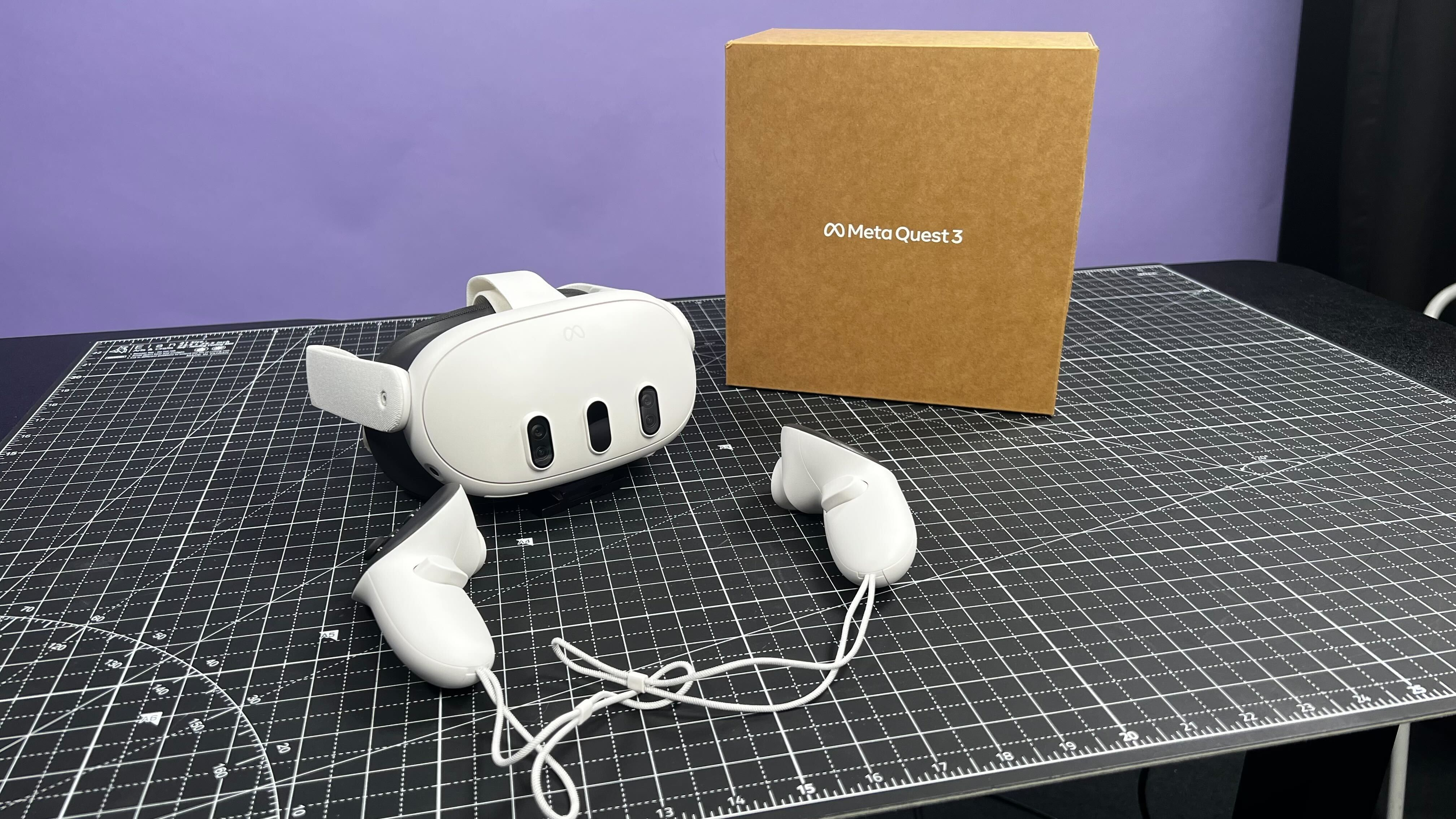
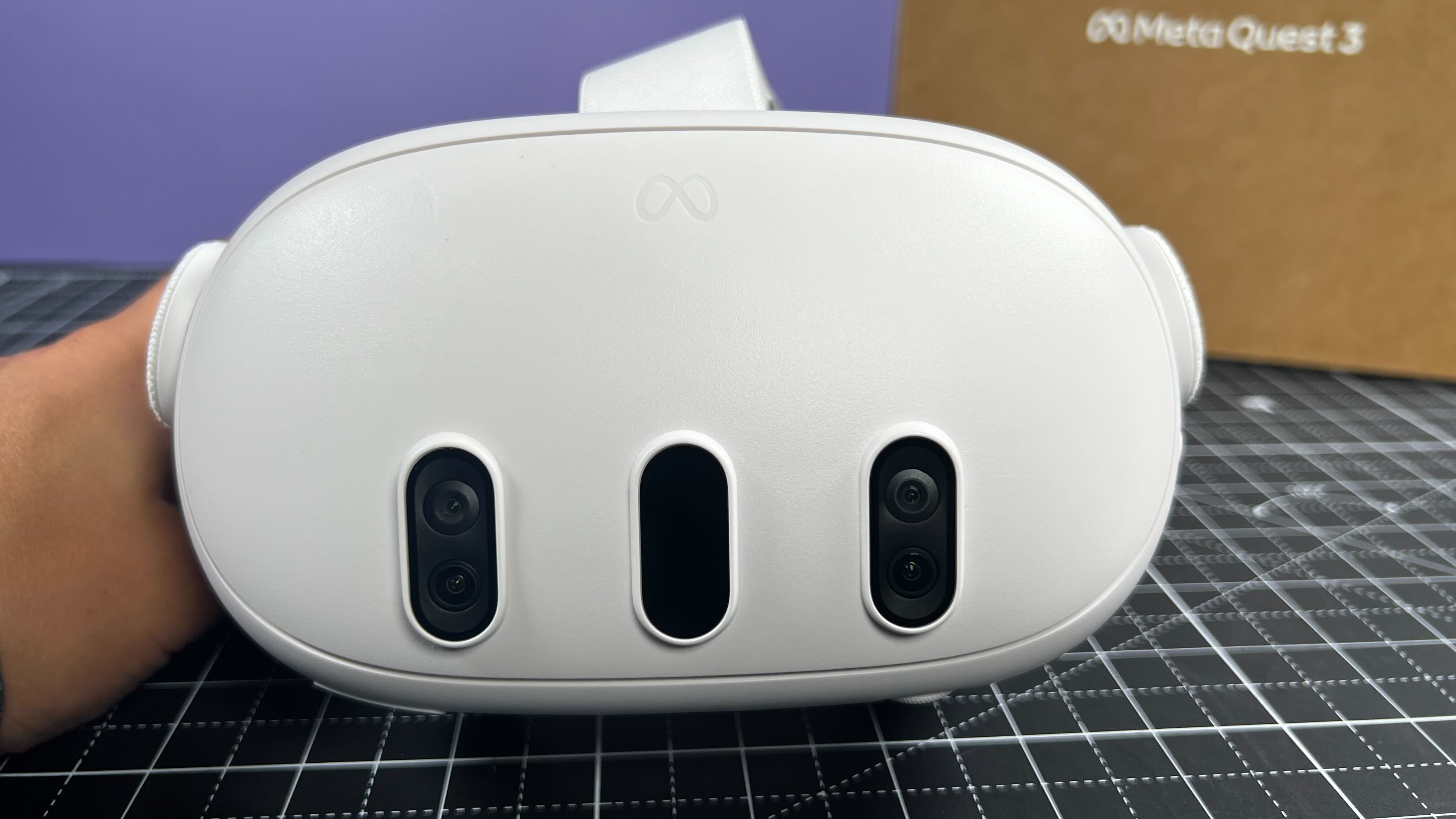
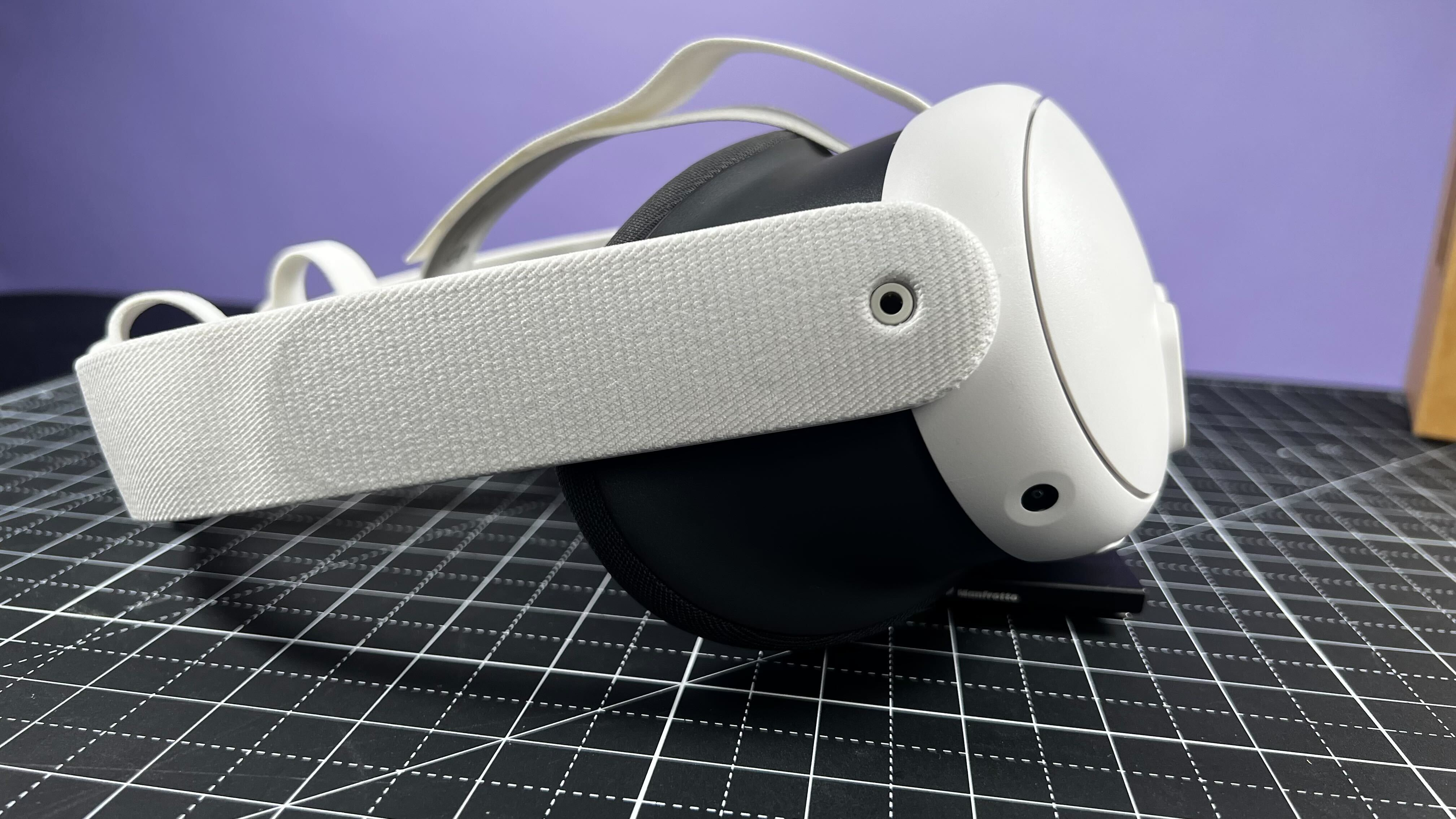
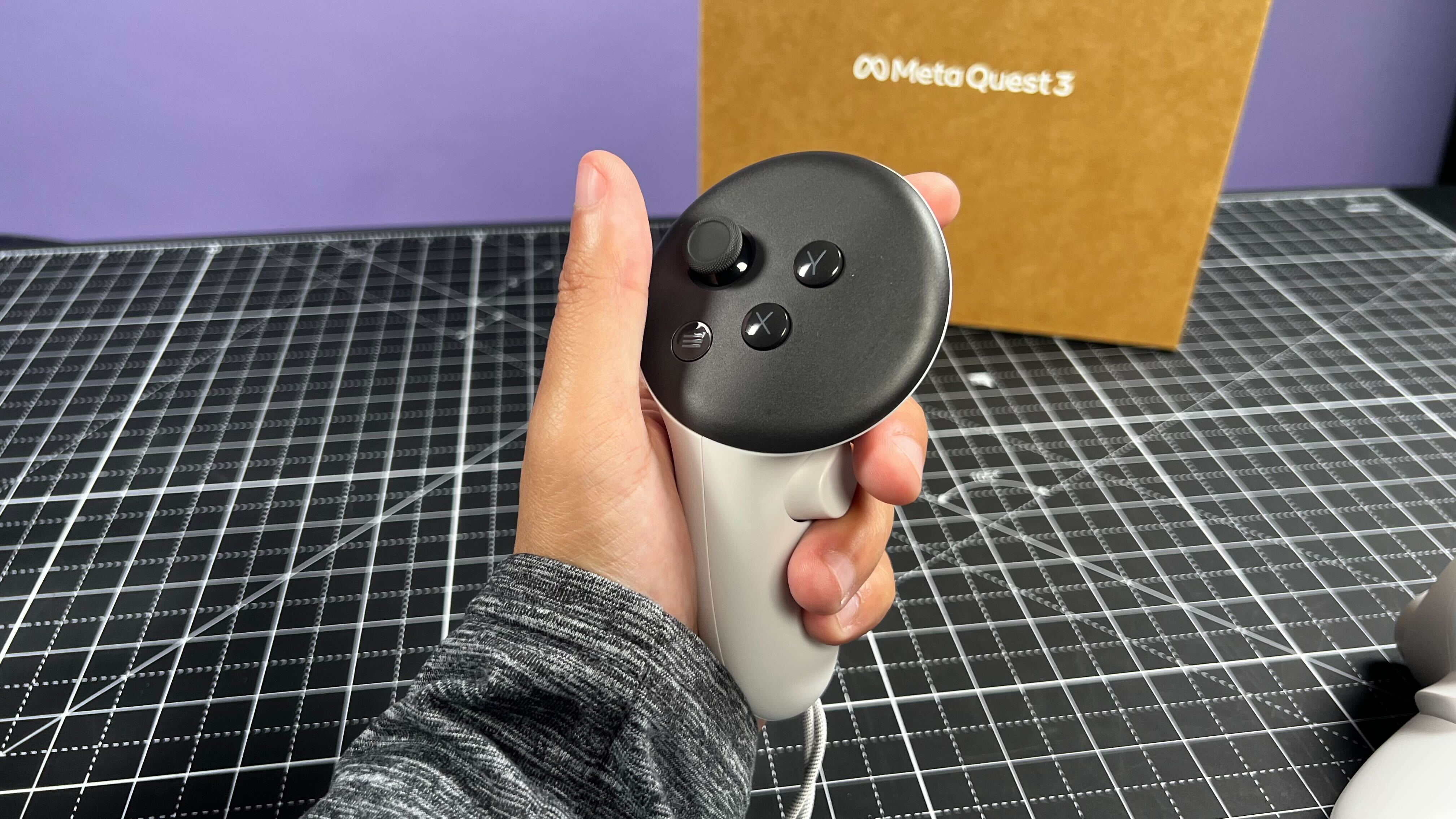
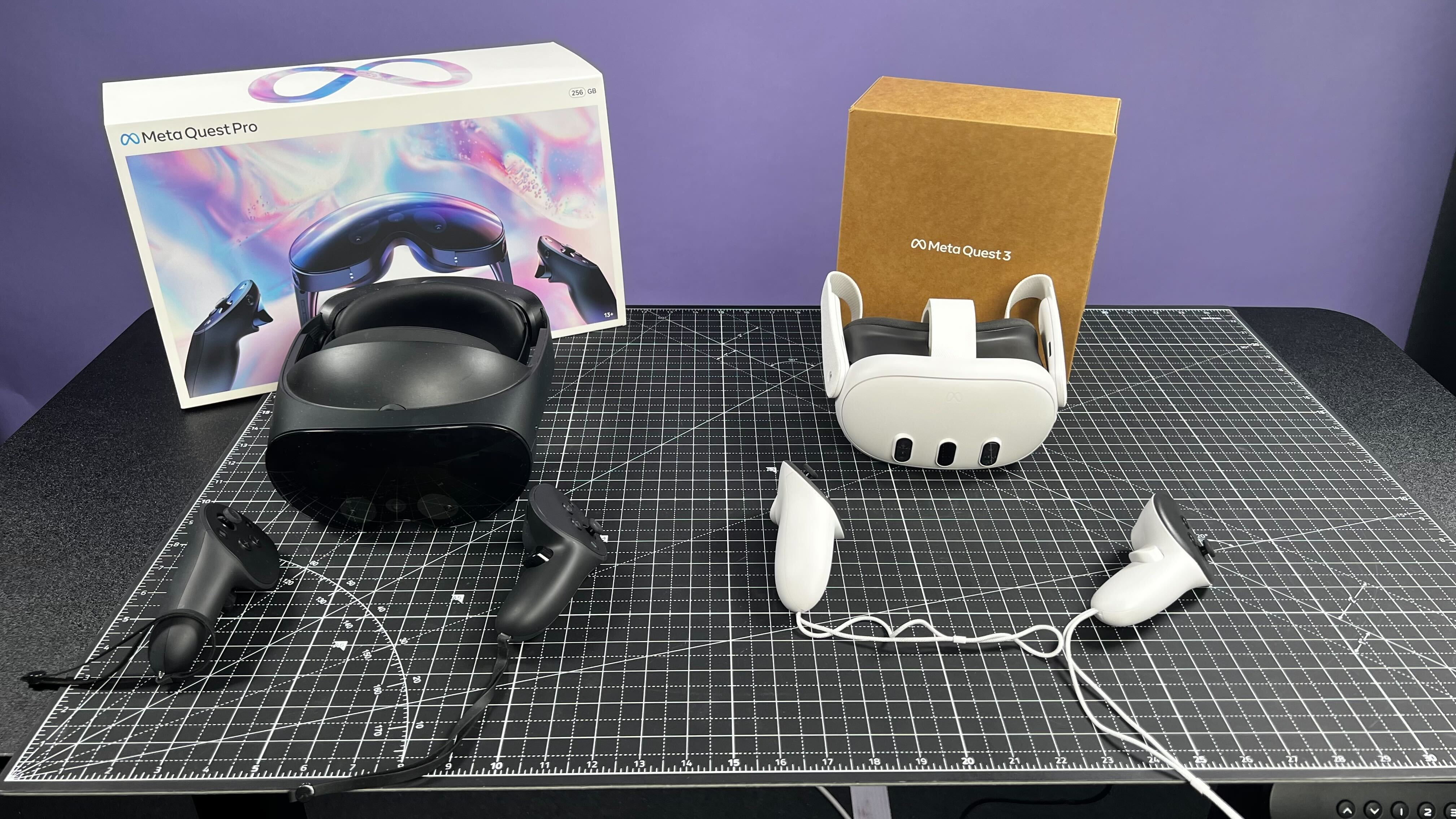
1. Meta Quest 3
Our expert review:
Specifications
Reasons to buy
Reasons to avoid
✅ You just want to jump into great VR gaming: For sheer ease of access and all-round quality, there's nothing to touch the Quest 3 for the money.
❌ You don't have a Wi-Fi 6E router: If you want to enjoy VR gaming on your PC wirelessly, then your Wi-Fi needs to be top-notch. Otherwise, it will be a total lag fest.
The best VR headset is the Meta Quest 3, the follow-up to the hugely successful Quest 2, which is now end-of-life. This new model takes the top spot thanks to its new lenses, a more compact design, higher resolution panels, and more processing power.
Meta's latest headset uses slimmer pancake lenses, instead of the chunkier Fresnel ones, which help slim down the whole unit. It doesn't stick out from your face as much, so it's comfier to wear, though the included fabric strap is still poor and we recommend that you replace it for something better.
To tap into your Steam library, you'll probably want to hook the Quest 3 up to your gaming PC via a high-quality USB Type-C cable, but you can use it tether-free. That option works best over a good Wi-Fi connection, preferably Wi-Fi 6E or better, using Meta's Air Link. The built-in processor, Qualcomm's Snapdragon XR2 Gen 2, is decent enough for many of the VR games in the headset's own store but it's nowhere near as good as a dedicated graphics card.
Each eye is treated to a 2064 x 2208 resolution LCD panel and along with the better passthrough cameras, virtual images and mixed reality are both clearer and higher quality than in the Quest 2. A double tap on the side of the headset quickly provides a detailed view of your surroundings.
The Quest 3 also comes with a set of improved Touch Plus controllers, which no longer have the prominent ring around the hand like the older Quest 2 ones did. Controller tracking is as good as you'd expect it to be, despite the simpler design.
One of the greatest strengths of Meta's VR headset is how simple it is to set up, as there's no need to fiddle with base stations, and it only takes a couple of steps on the headset and app to get it up and running. You won't be using it all day long, though, as the Quest 3 only runs for around two hours, in wireless gaming and streaming video content. It takes roughly the same amount of time to fully recharge, but you can use the headset while it's charging via a USB cable.
Despite the controversies and eventual death of Mark Zuckerberg's metaverse, we really like the Quest 3 for PC VR gaming. It is a lot more expensive than its predecessor but it's ultimately the best overall VR headset money can buy. If you want something cheaper still, the Meta Quest 3S is your best bet.
Read our full Meta Quest 3 review.
The best budget VR headset
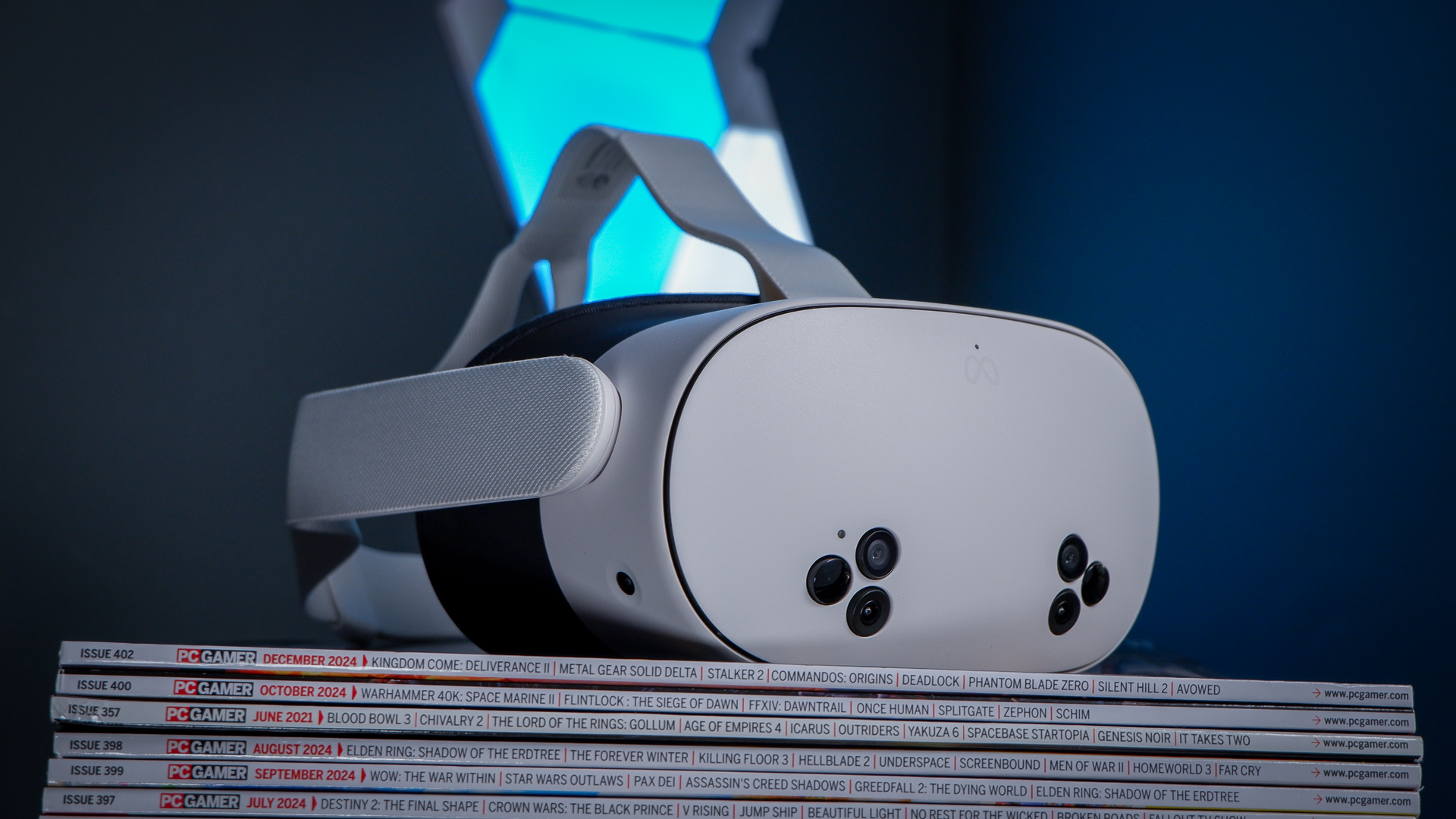
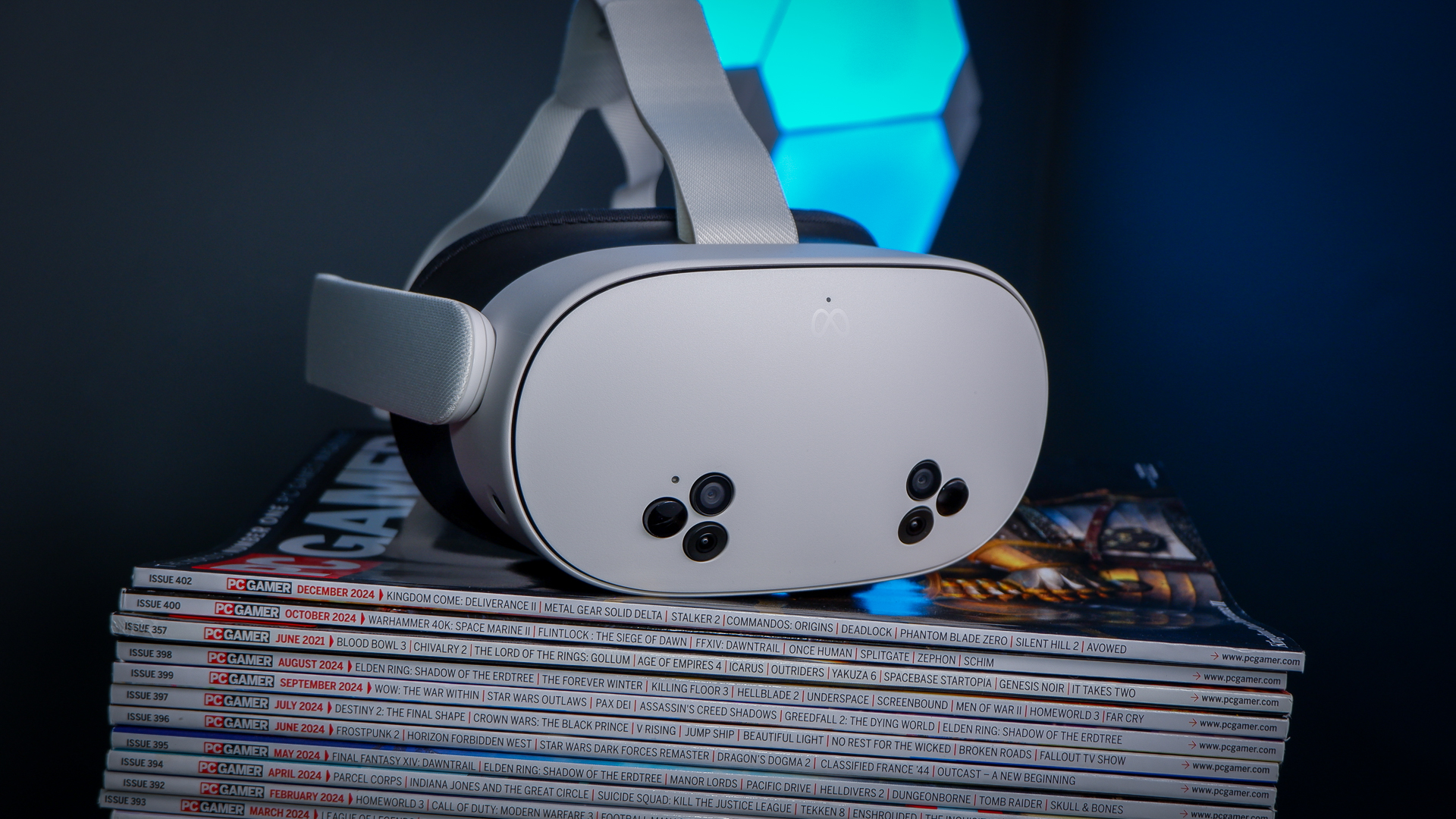
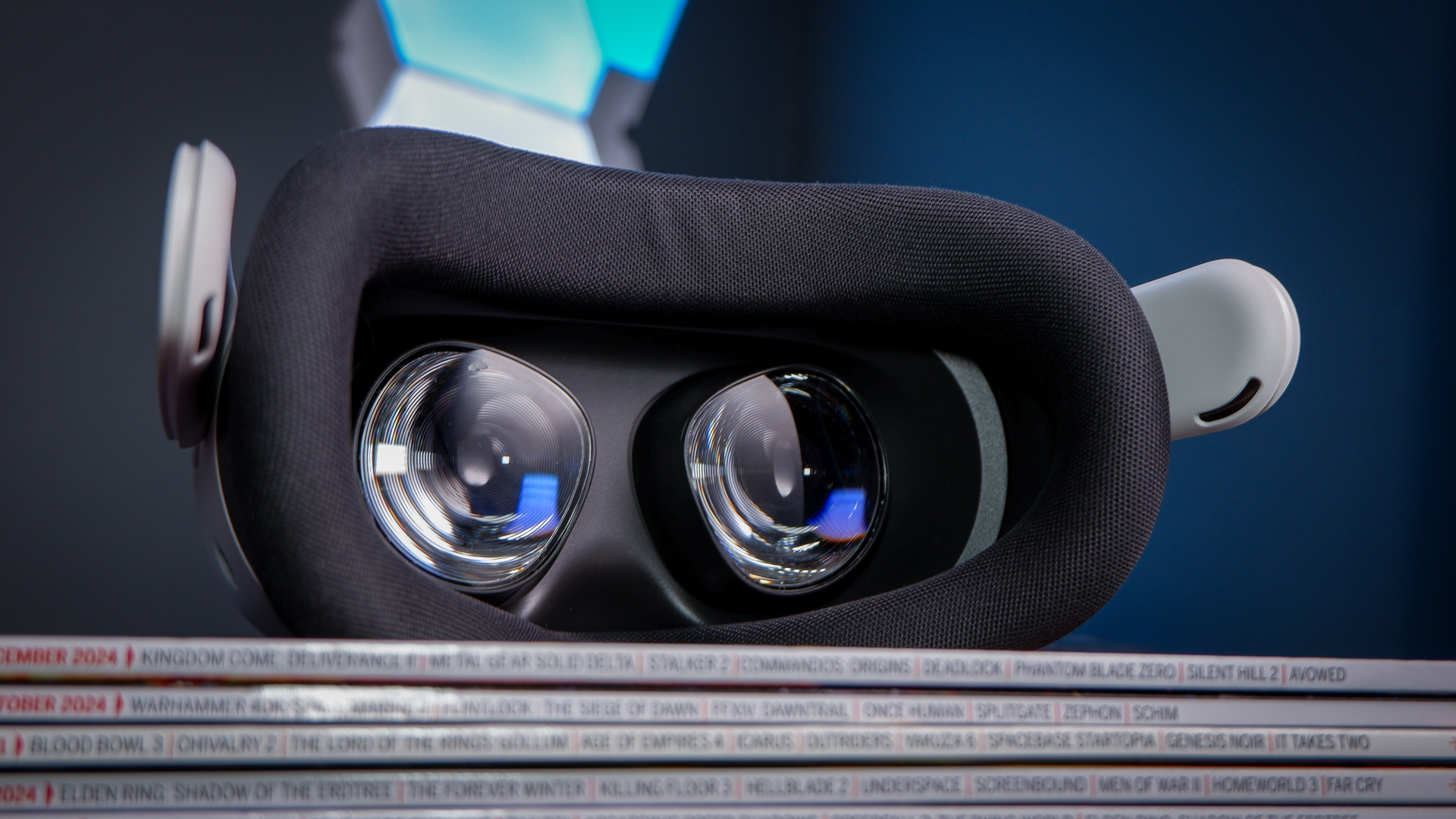
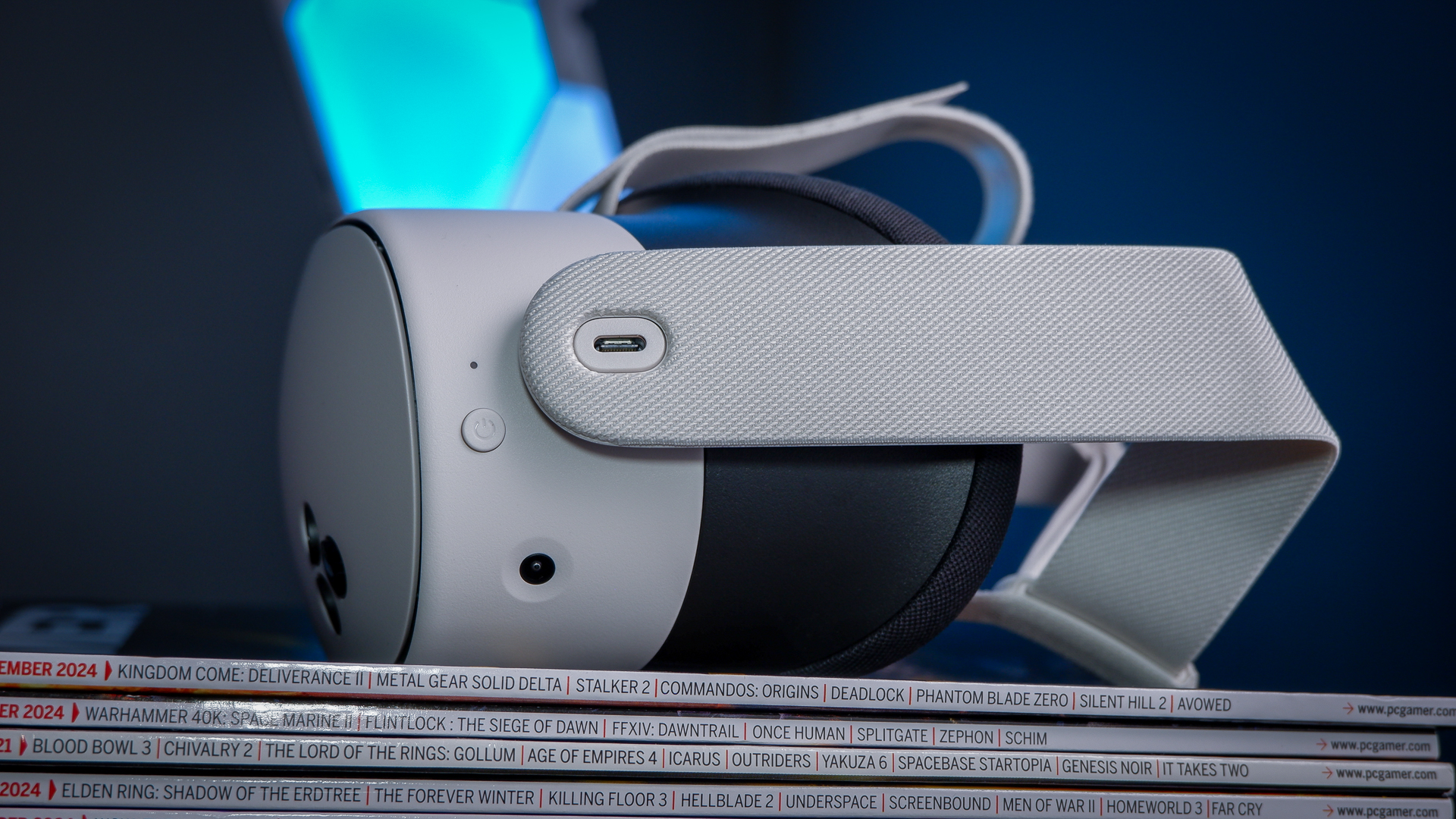

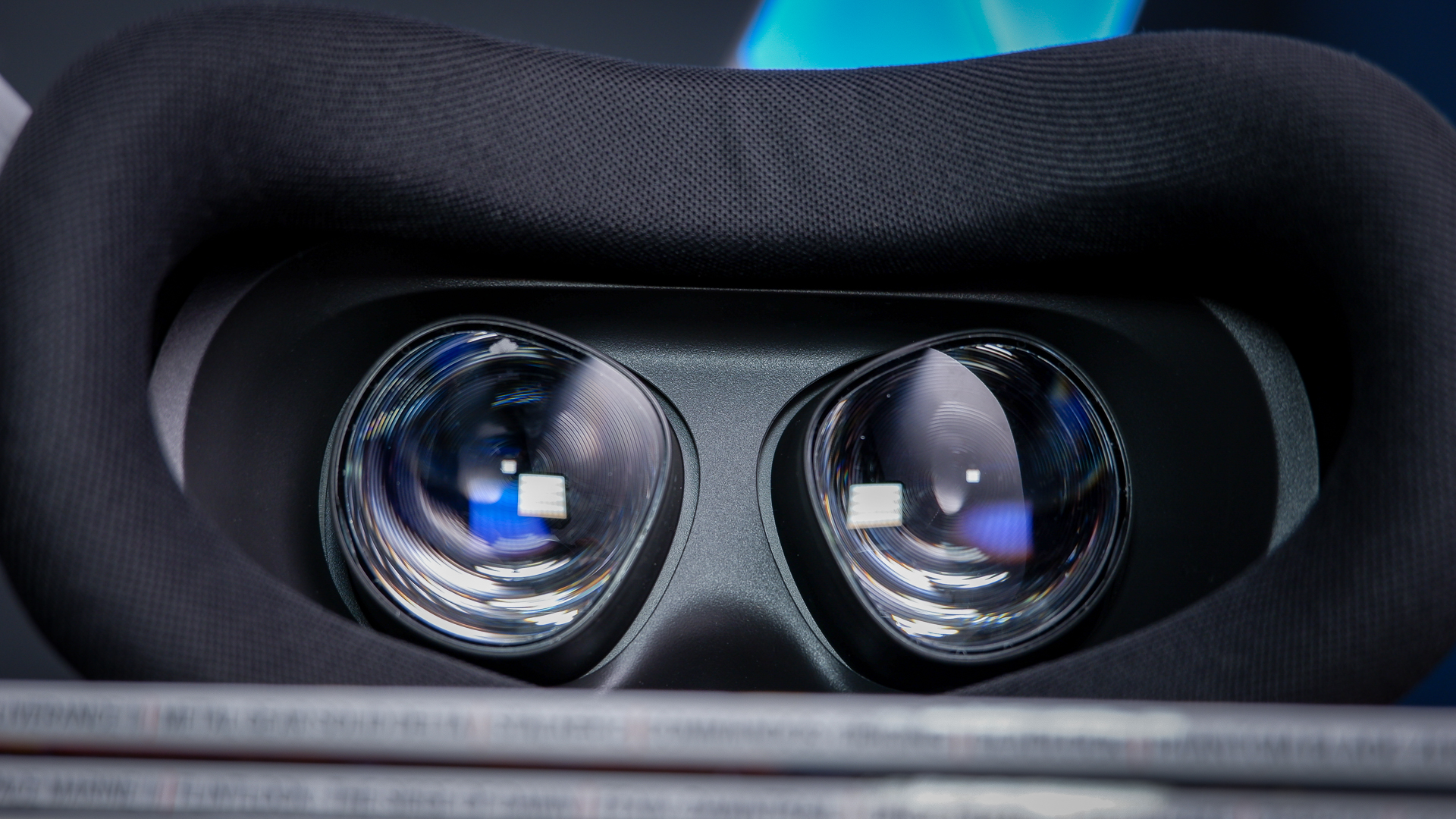
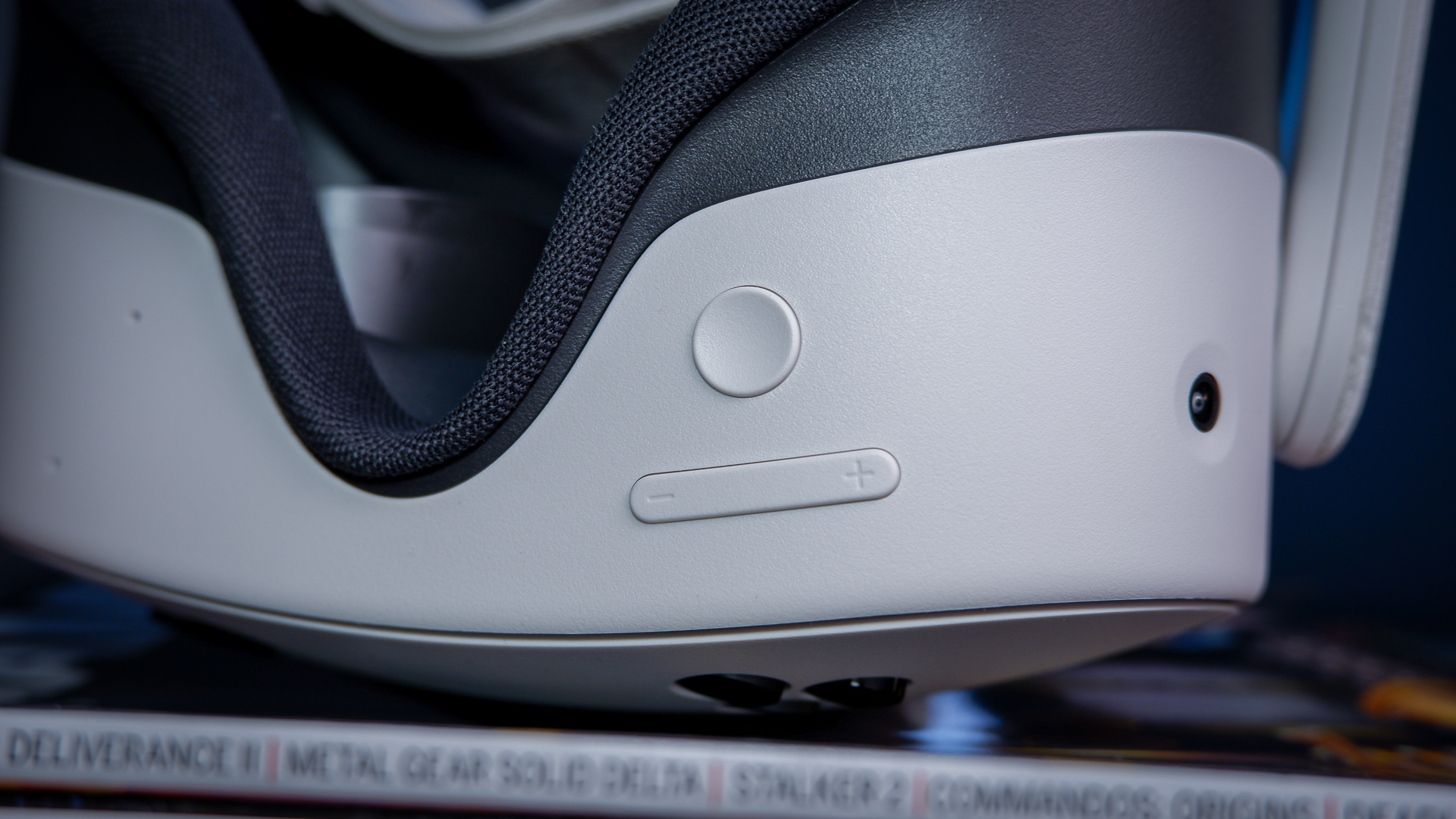
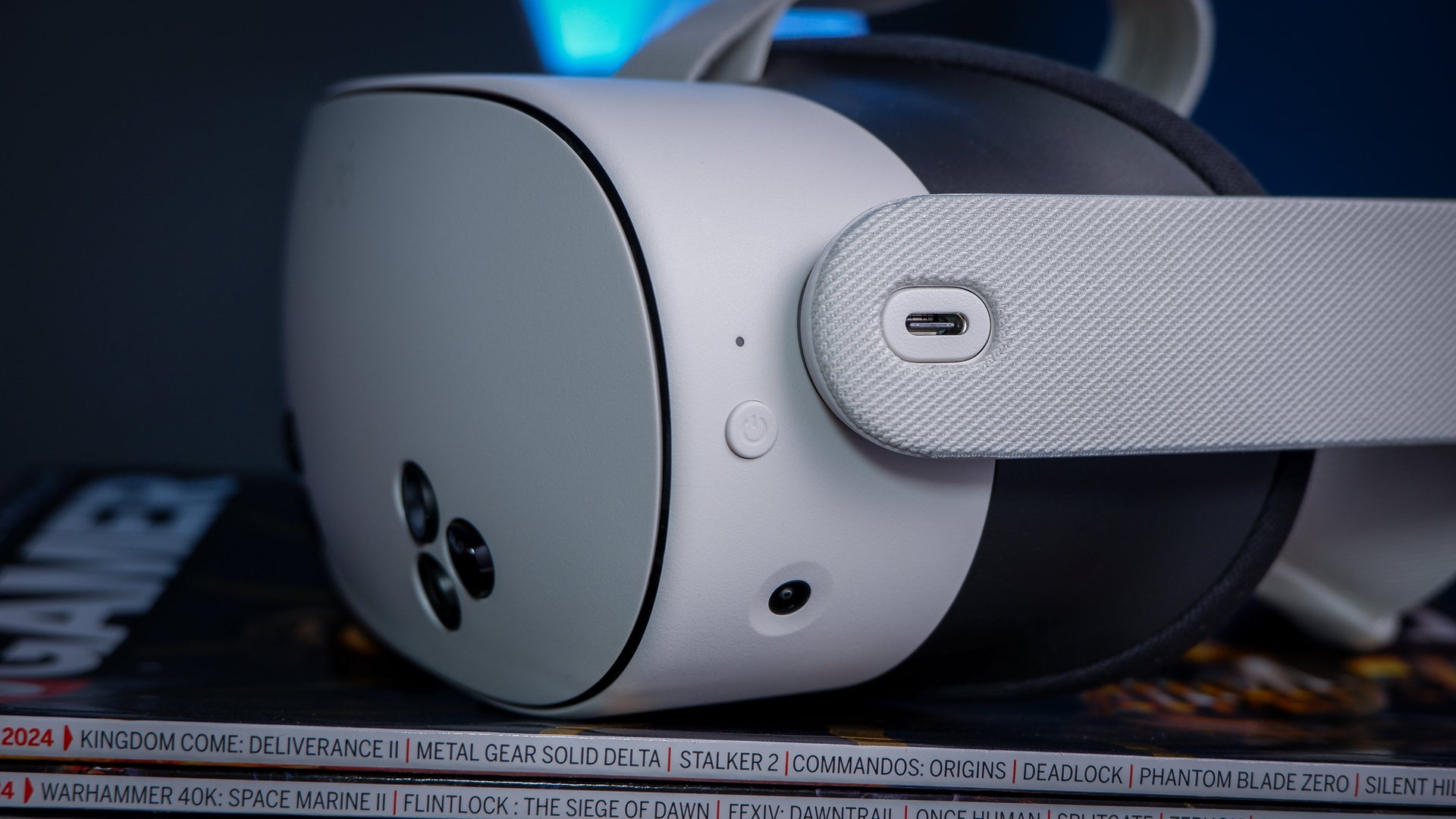
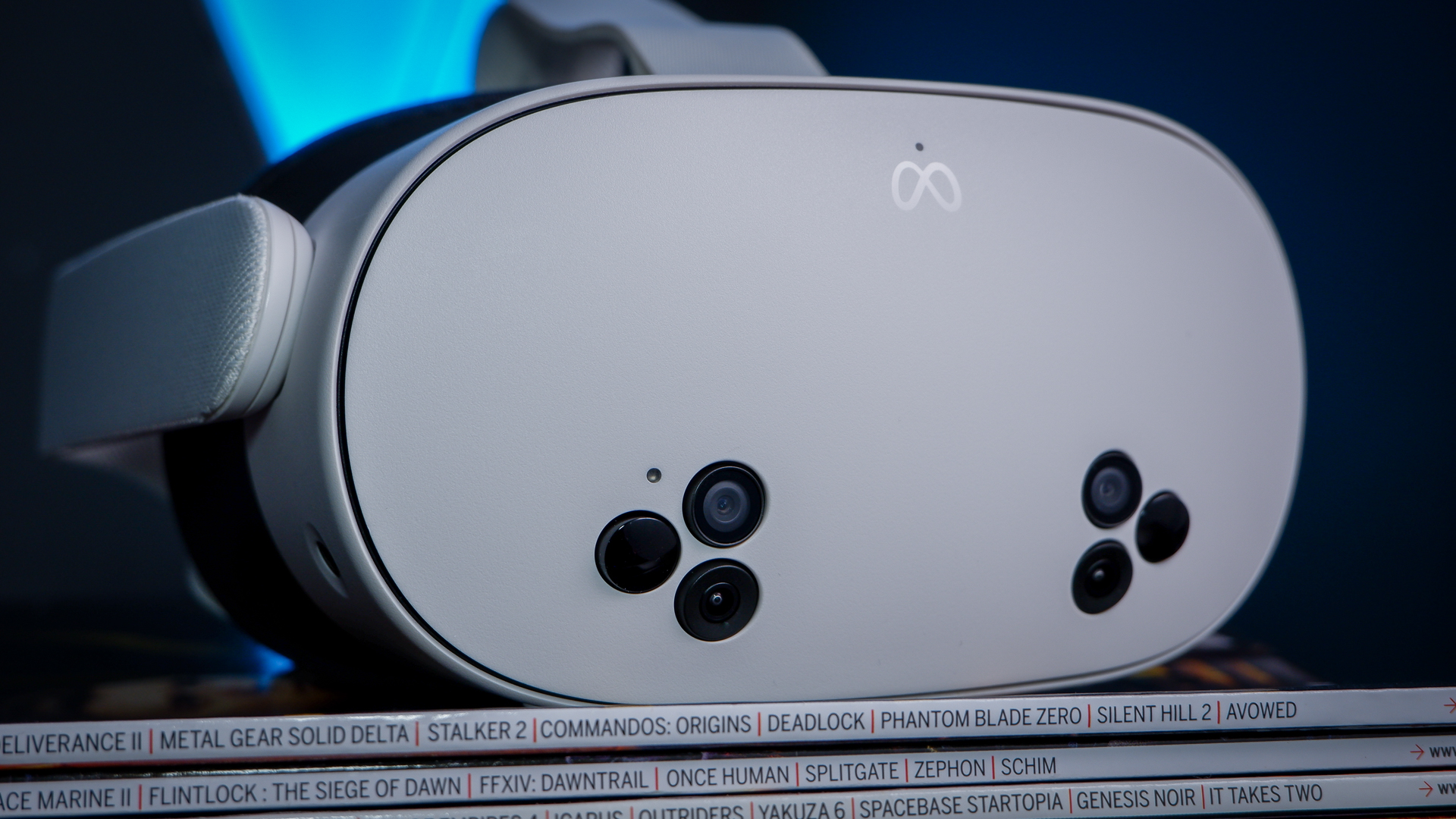
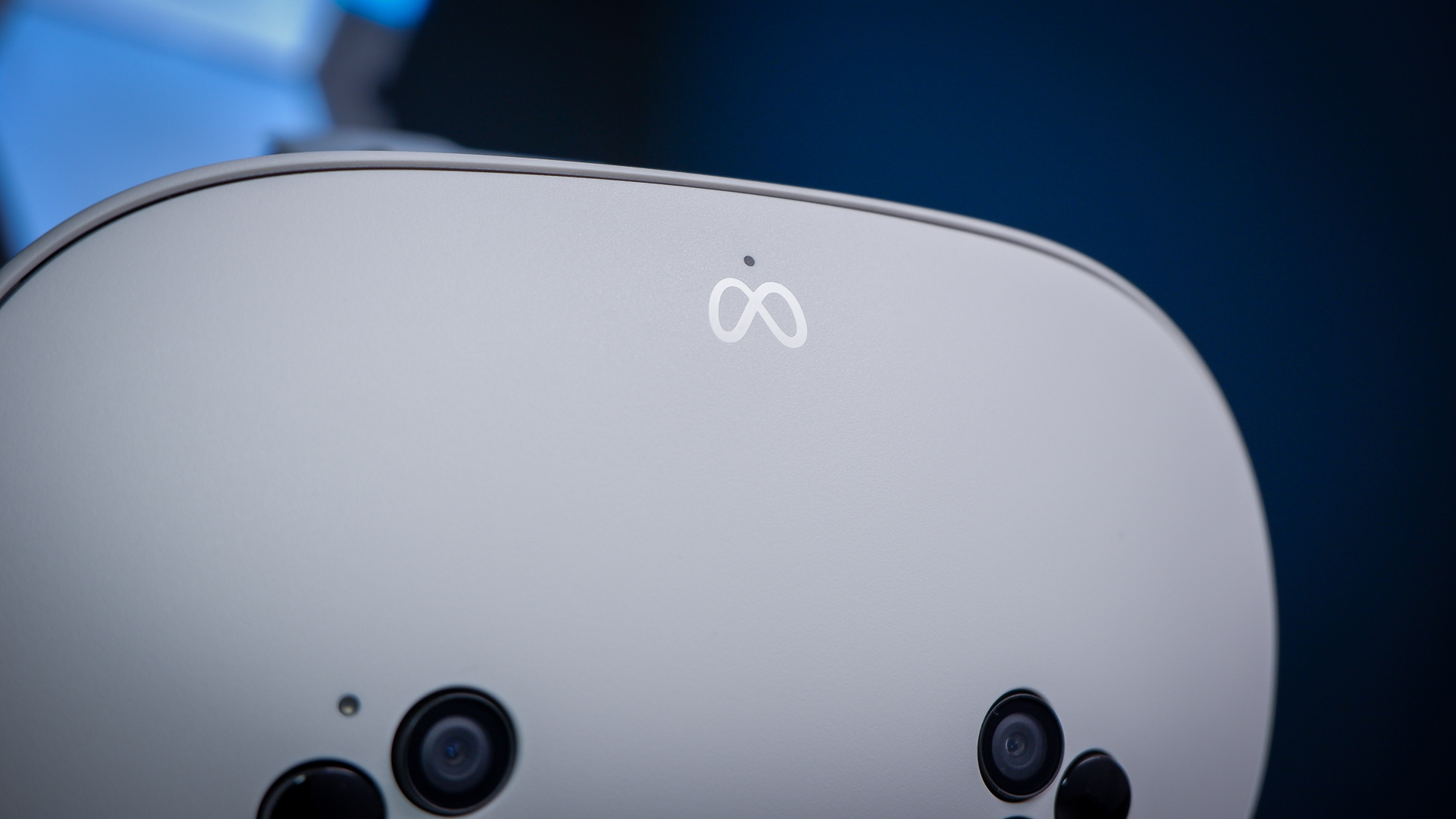
2. Meta Quest 3S
Our expert review:
Specifications
Reasons to buy
Reasons to avoid
✅ This is your first step into the world of VR: If you're only wanting to dip a toe into the world of VR to see how it feels, the Quest 3S is a great way to do it without spending too much. You will still get the full VR experience like any other.
❌ You want truly modern optics: The Quest 3S reuses most of the Quest 2's optics, which means it's more or less a four-year-old viewing experience and nowhere near as sharp as the Quest 3.
With the Quest 3 as the best overall VR headset right now, what possibly could be the best budget headset? Why, the Quest 3S, of course!
Taking bits from the Quest 2 that preceded it and from the Quest 3 above it, the Quest 3S is both new and old in equal measure. I like to think of it as more of a quality-of-life upgrade to the popular, and now-discontinued, Quest 2.
On the new front, it uses the same Snapdragon XR2 Gen 2 chip as the Quest 3. Along with 8 GB of RAM. That means it's able to play all the same games as the Quest 3 and runs just as smoothly. In this regard, it's much more performant than the Quest 2, though when hooked up to a PC, you won't notice much of a difference.
That's because the Quest 3S uses the same optics as the Quest 2—what I mean by that is it uses the same Fresnel lenses and LCD screen. The visual experience is very much the same as the Quest 2, which means it's a little blurry around the edges but pretty sharp in the centre. Compared to the Quest 3's pancake lenses and dual-LCD displays, it's nowhere near as crisp.
It's around $200 cheaper than the Quest 3 and retains a lot of what we like about Meta's more premium product. That includes excellent tracking, easy set-up, and simple connectivity to your gaming PC over wired or wireless. In many regards, the Quest 3S is a very smart buy.
The Quest 3S is absolutely the pick if you're just looking to get into the world of VR and don't want to spend a lot of money right away. However, we'd still recommend the Quest 3 to the keener VR explorer.
Read our full Meta Quest 3S review.
The best alternate VR headset
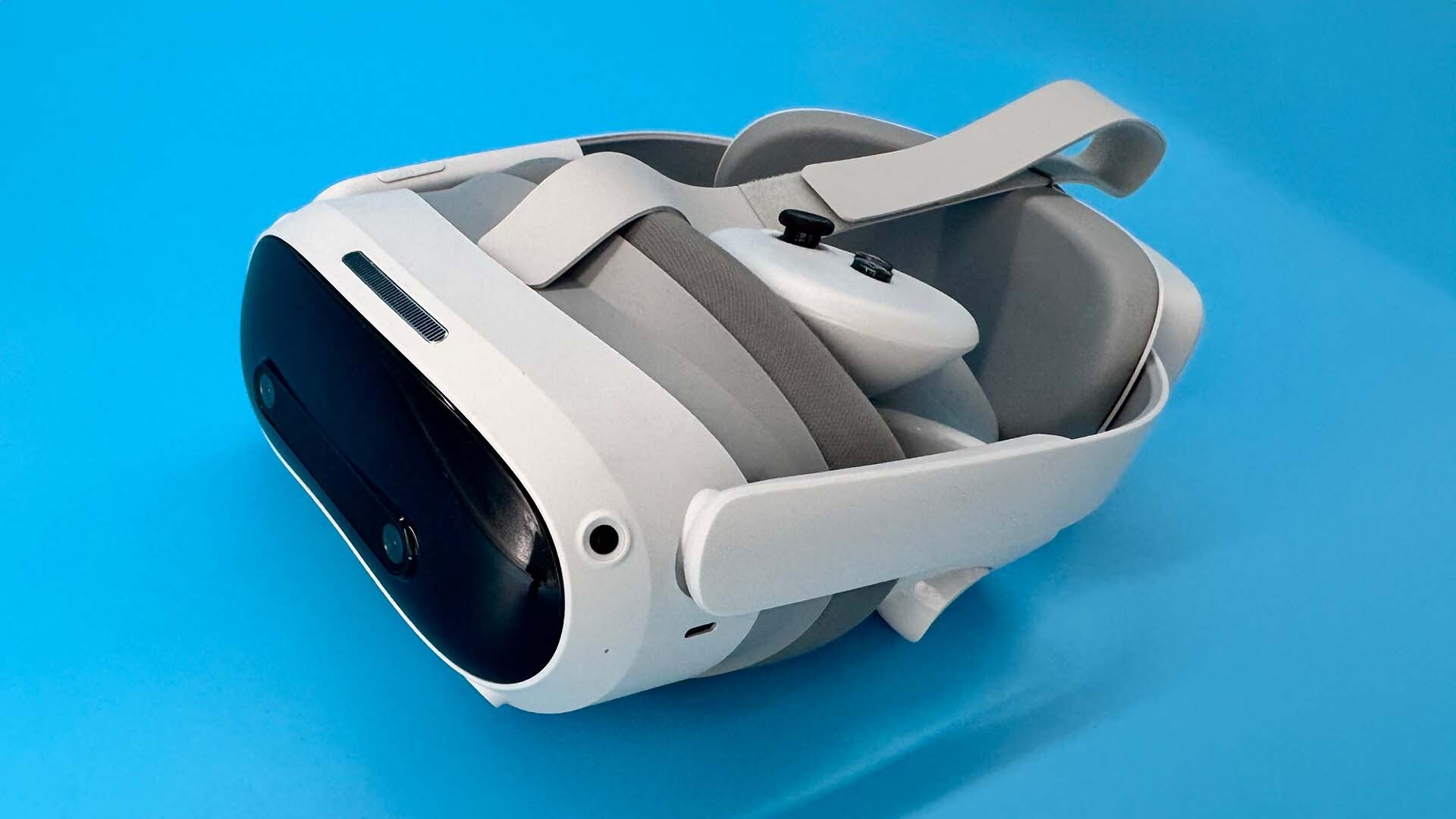
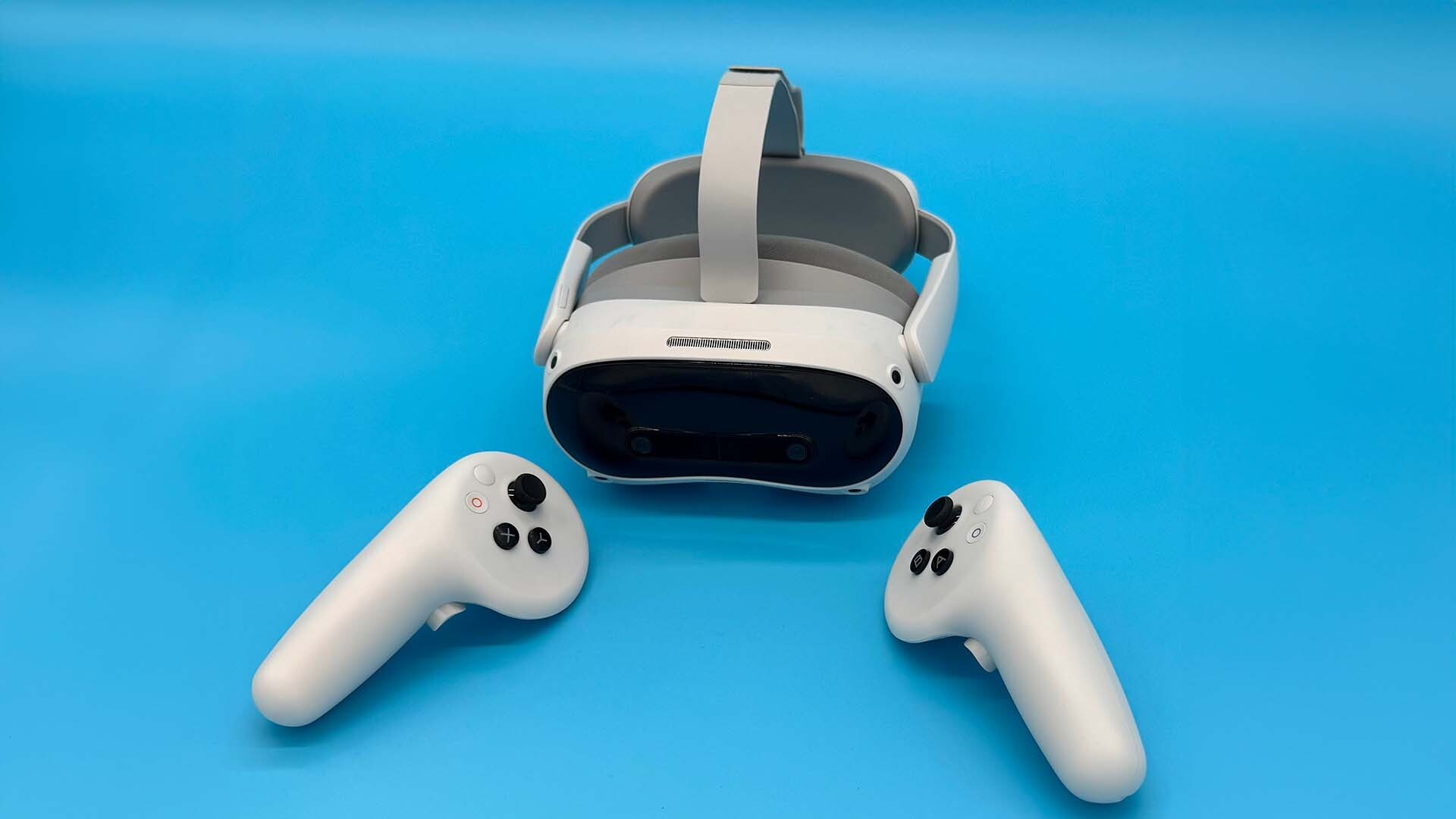
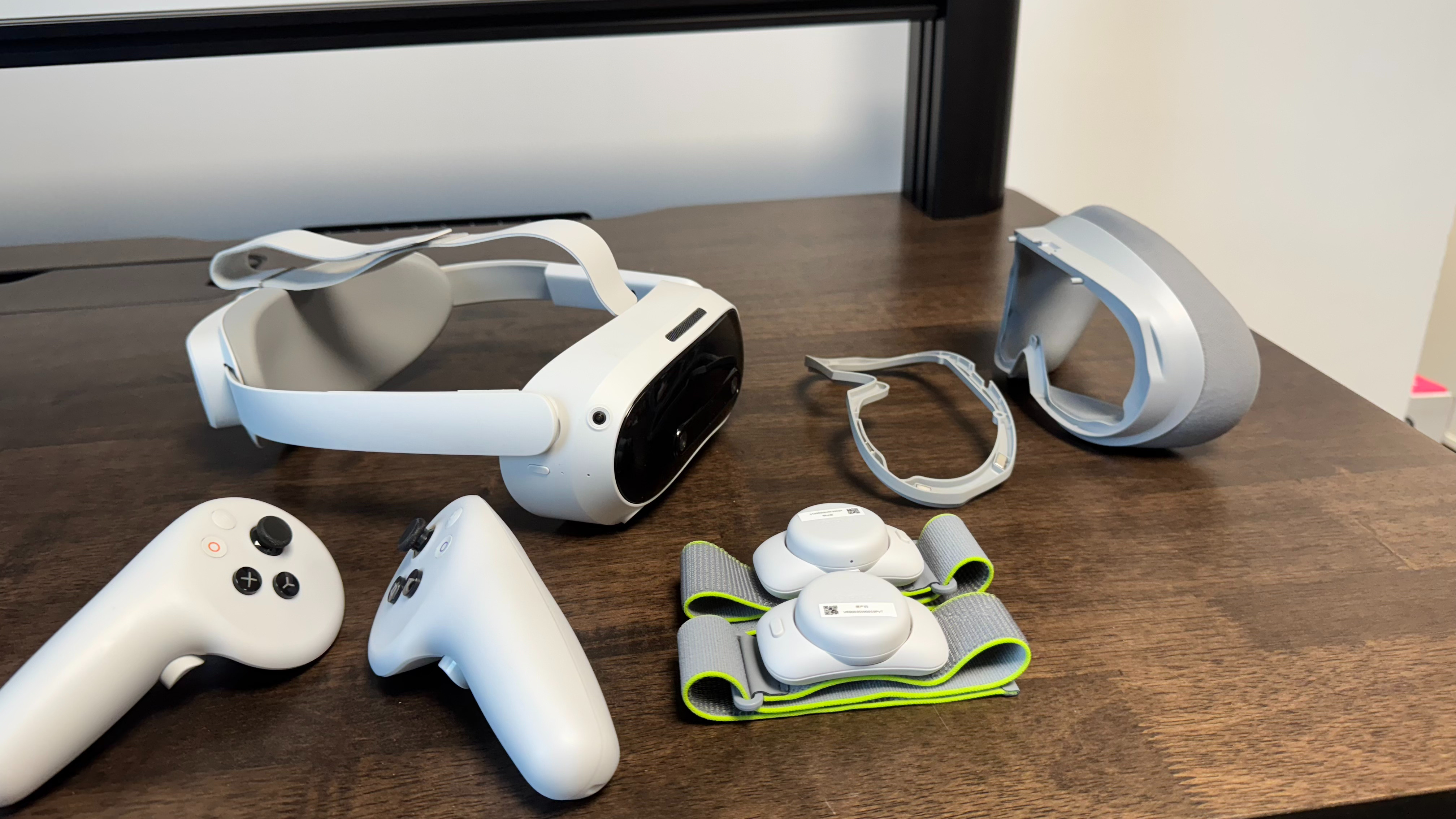
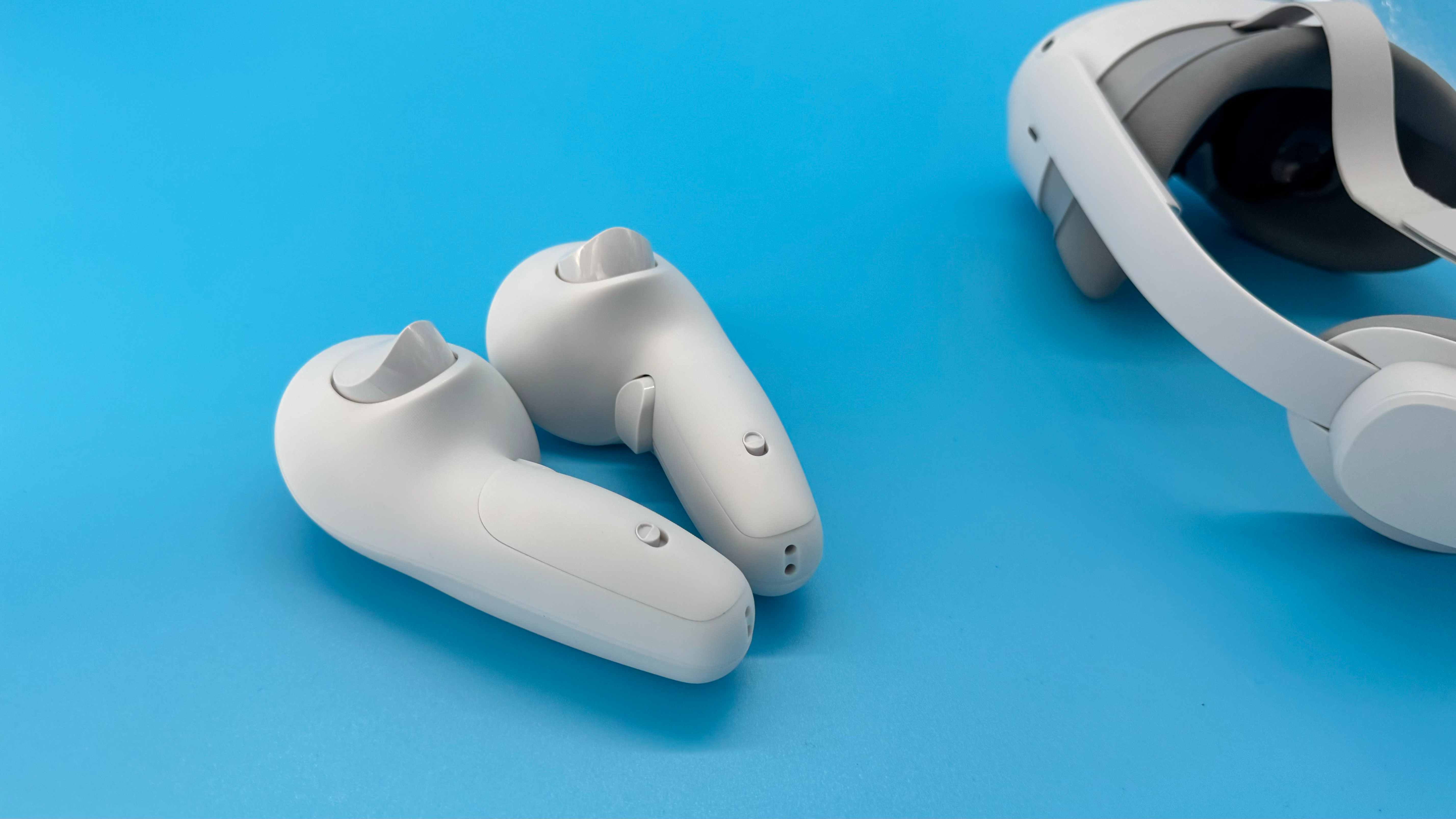
3. ByteDance Pico 4 Ultra
Our expert review:
Specifications
Reasons to buy
Reasons to avoid
✅You don't like Meta's offering: The Pico 4 Ultra is a very reasonable alternative to the Meta Quest 3 and even comes with a few light upgrades.
❌ You live in the US: The Pico 4 Ultra is not available in the US and likely won't be in the near future either.
With a gorgeous screen and 12 GB of RAM, the Pico 4 Ultra is actually better than the Meta Quest 3 on some key points, and you'd expect as much as it costs pretty much the same. However, launching a year after its rival means it is less likely to see sales and Pico's storefront is no way near as diverse and varied as Meta's offering.
With glasses on, you can get a little bit of light leakage and tracking can sometimes struggle when down at your side but it is otherwise an excellent headset that is well worth grabbing if you're weary of Meta's top choice.
However, if you're looking for a headset with a distinct identity or selling point, the 4 Ultra will likely let you down. There's nothing here that isn't been done by its opposition and it's not available in the US, which not only makes it harder to get access to but makes it less lucrative for developers to create experiences for.
Though you will get that dreaded pressure on the bridge of your nose if you are a glasses user, the fit of the headset is one of the most comfortable on the market and the controllers are fittingly great, with textured grips on the bottom. Bytedance has removed the ring present in previous Pico models and this makes the headset feel even more similar to the current VR king.
Though housing the speaker controls in the headband is quite clever, this headset lacks a dedicated aux jack so you will be stuck using its speakers or a headset on your PC if you want more immersive sound.
The Snapdragon XR Gen 2 chip is more than capable of handling any standalone experiences you can throw at it and the Pico Connect app to connect it to PCVR is not only intuitive but completely unintrusive. The Ultra is a fitting name here as it has simply refined the Pico 4 headset into something more current, even though it mostly serves as an alternative to Meta and not a reason to ditch Zuckerberg's choice.
Read our full Pico 4 Ultra review.
Also tested
Pimax Crystal Light
The Pimax Crystal Light has some seriously good lenses for its price point but cumbersome proprietary wires, an uncomfortable fit, and flimsy controllers dampen the experience.
PC Gamer score: 65%
Read our full Pimax Crystal Light review.
Pico 4
The Pico 4 was a great challenger for the best standalone VR throne when it launched last year but has since been usurped by the 4 Ultra, which is altogether a better machine.
PC Gamer score: 90%
Read our full Pico 4 review.
Xreal Air 2
If the thought of wearing a bulky headset doesn't appeal, you could always try these AR glasses. You're not getting deep immersive gaming here, more of a projected display in your field of view. They're very expensive, though, and you really need Xreal's Beam unit to make the most of them, which pushes the price even higher.
PC Gamer score: 50%
Read our full Xreal Air 2 review.
Pimax Crystal
The Pimax Crystal is the VR headset that lots of people have been waiting for. The good news is you can buy one right now. The bad news is it's still a work in progress—some key features are only just operational or not working at all. Best to give this one a little more time in the oven before investing.
PC Gamer score: 58%
Read our full Pimax Crystal review.
Sony PS VR2
Sony's PlayStation VR2 headset is finally usable on gaming PCs with the release of the PSVR2 adapter. Even so, all its best features are restricted to the console, which is a shame as they elevate above the competition. One step forward, two steps backwards.
PC Gamer score: 88%
Read our full Sony PS VR2 review.
HTC Vive Pro 2
The HTC Vive Pro 2 stormed onto the market with stunning visuals that were unrivalled. The issue is that this was a long time ago, and this pricey headset just doesn't have what it takes to appeal in 2024. Though, as ever, if you find one cheap enough it could still be a solid buy.
PC Gamer score: 82%
Read our full HTC Vive Pro 2 review.
HP Reverb G2
While HP isn't much of a name in VR right now, you can still buy one of its better headsets for relatively little cash these days. It's still not a headset we'd recommend to most, as it's been surpassed by a few others now, but a great deal on this device wouldn't be an instant no.
PC Gamer score: 75%
Read our full HP Reverb G2 review.
Valve Index
It was a sad day removing the Valve Index from our best VR headset list... it has stood firm for years. But it's finally been beaten at its own game by cheaper, better-performing headsets with higher specifications. Though I will still argue that its speaker system is the best in the biz, it's not enough to keep it in consideration for the money.
PC Gamer score: 85%
Read our full Valve Index review.
VR headset Q&A

What are VR lighthouses?
To keep track of your movements, your VR headset needs to use some method of sensing both the headset itself as well as the controllers in your hands. The first VR headsets used base stations that are known as lighthouses, individually placed sensors, or positional trackers, which are plugged into your PC.
This is the most accurate method of tracking but is cumbersome, and unless they're permanently installed in a room, you'll need to set them up each time you want to play, and that includes calibrating them anew every time.
What is inside-out tracking in VR?
Inside-out tracking means you don't need external sensors as the headset can keep track of both itself and the controllers around it. Originally this method wasn't as effective, wasn't quite as responsive, and broke immersion in-game.
But with the best VR headset, the Meta Quest 3, the tech is almost on par with the lighthouse in terms of responsiveness now. And is certainly far more convenient.
Are there wireless PC VR headsets?
Yes! Meta's Quest 2, 3, and 3S are all wireless headsets. Previously, you had to plug it into your gaming PC via a USB Type-C cable to enjoy the best VR headset experience with your rig.
But there are now easily accessible ways to do that wirelessly. However, you do need to have a Wi-Fi 6E router to deliver the level of throughput you require to not spend the entire time vomiting your guts up due to incessant lag.
The old HTC Vive did have a wireless module you could add to the system, which was almost effective. However, in our experience, the connection dropouts were not something we would put up with in the long term.
Valve's Index system could be due to get its own wireless module as some patents have emerged, indicating a wireless head strap has at least been considered for the company's stellar goggles.
Jargon buster
Field of view (FOV)
The field of view refers to the amount of an environment that's visible to an observer; in VR, it's the extent of the game world that's visible in the displays. A broader FOV in a headset is integral to a feeling of immersion.
Head-mounted display (HMD)
Broadly any wearable mounted on the head with graphical capabilities but often used to refer to VR headsets specifically.
Inside-out tracking
Systems used to track a user's movements in VR that originate in the headset, as opposed to outside-in tracking, where external sensors are used to track movement. Tracking, along with the method used, is crucial to enable either three degrees of freedom (being able to look around in any direction in VR) or six degrees of freedom (being able to look around and move your body in any direction in VR).
Latency
The latency between an input and a response, in VR, is the time delay between user input through a controller, moving your head, or other methods, and the response on the headset displays. Low latency is vital to reducing nausea in VR, which is most intense when there's a delay or stuttering between moving or looking and the display reacting.
Resolution
Resolution is the measurement in pixels, horizontal and vertical, of an image or display. Higher resolution in VR is essential because the displays are so close to the user's eyes, which emphasizes jagged lines, pixelation, and the screen door effect.
Refresh rate
This is the number of images a display is capable of displaying per second, measured in hertz. The high refresh rate is essential for VR, just like latency is, as a low refresh rate can cause stuttering (or even the appearance of freezing), which can cause nausea.
Screen door effect (SDE)
The fine mesh-like effect of viewing an image rendered in pixels at close range, where the grid between pixels is visible. Higher resolutions (or proprietary solutions like that built into the Odyssey+) mitigate this effect.
Fresnel lens
A more traditional kind of lens inside a VR headset that keeps itself thin by breaking into little angled peaks towards the edges. This allows for a smaller lens, but can cause glare in some cases and is chunkier and generally offers worse image quality than a pancake lens.
Pancake lens
A newer kind of lens inside a VR headset that refracts light within the lens itself instead of splitting into angled peaks like a fresnel lens. These lenses can be smaller and usually offer better image quality than you get from fresnel lenses, but they also tend to require brighter screens.
Keep up to date with the most important stories and the best deals, as picked by the PC Gamer team.

Jacob earned his first byline writing for his own tech blog, before graduating into breaking things professionally at PCGamesN. Now he's managing editor of the hardware team at PC Gamer, and you'll usually find him testing the latest components or building a gaming PC.
- Jorge JimenezHardware writer, Human Pop-Tart
- James BentleyHardware writer
